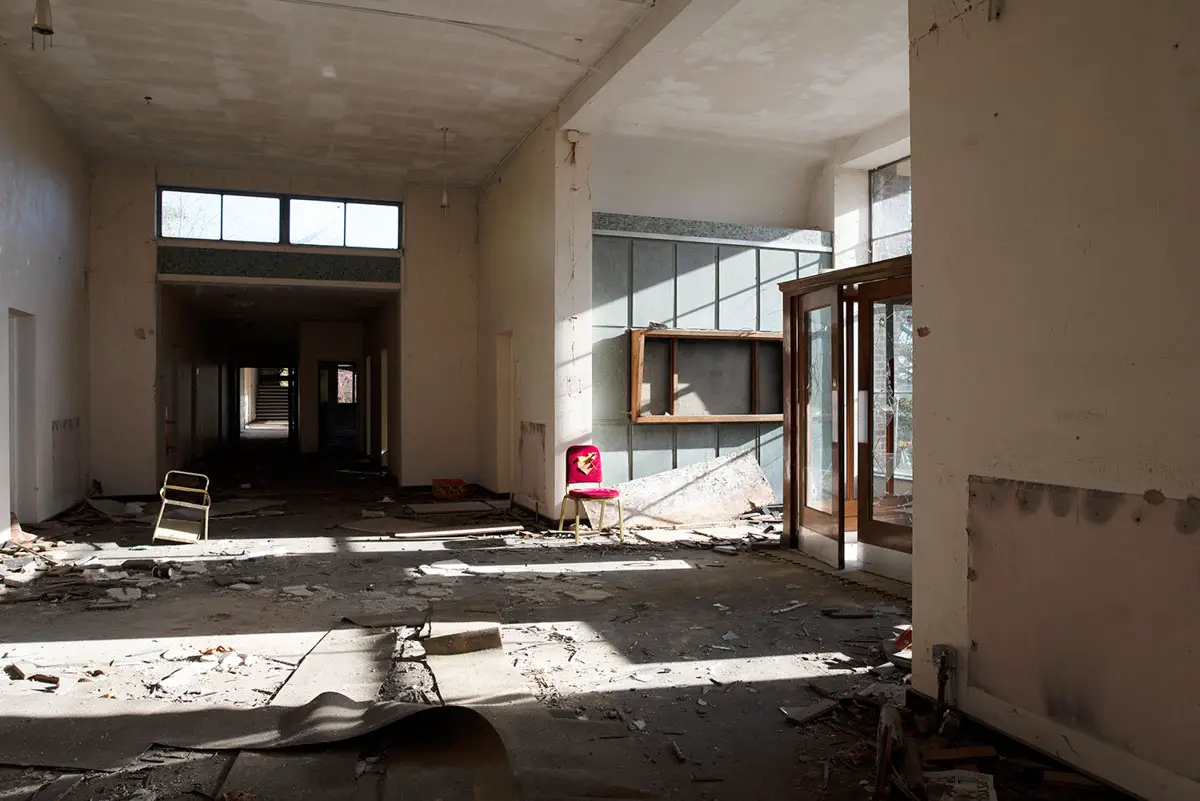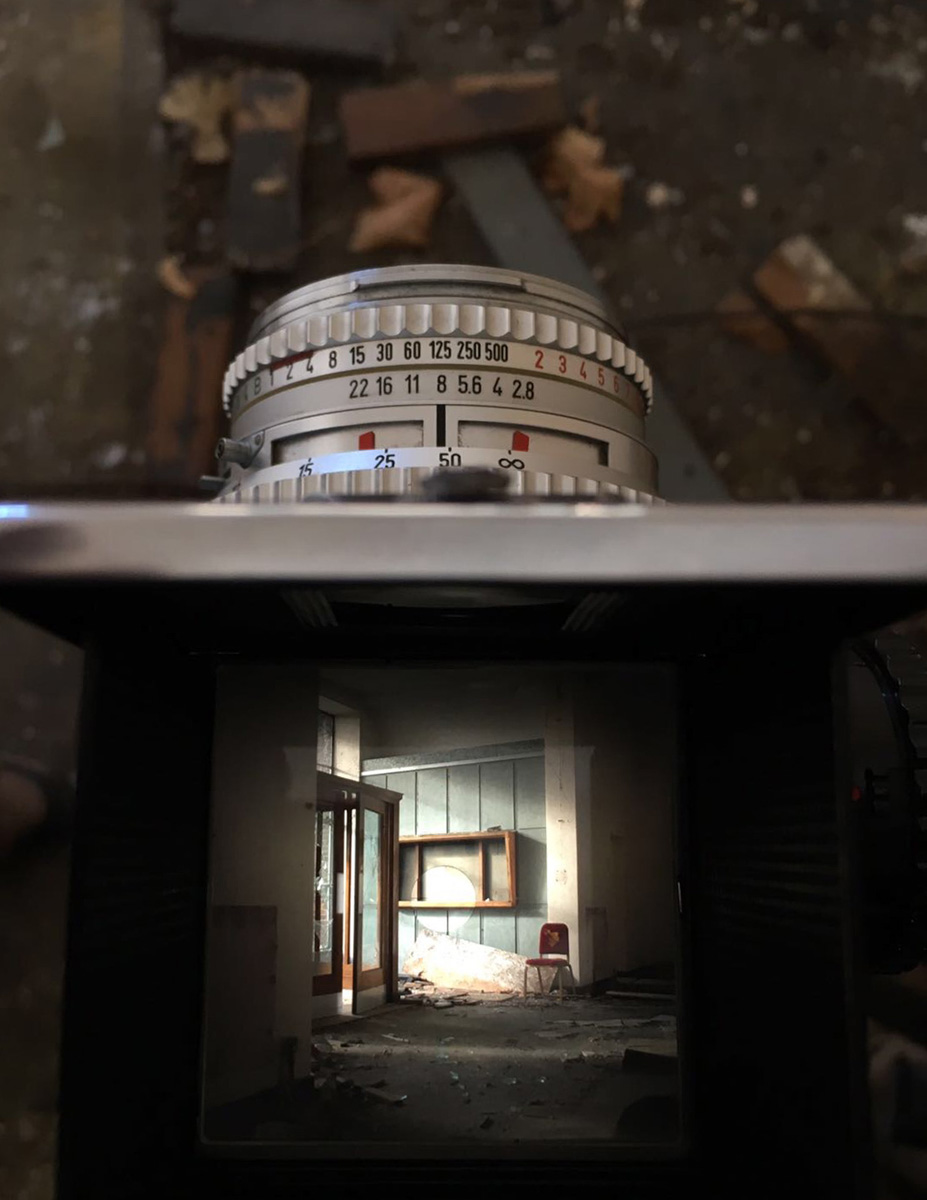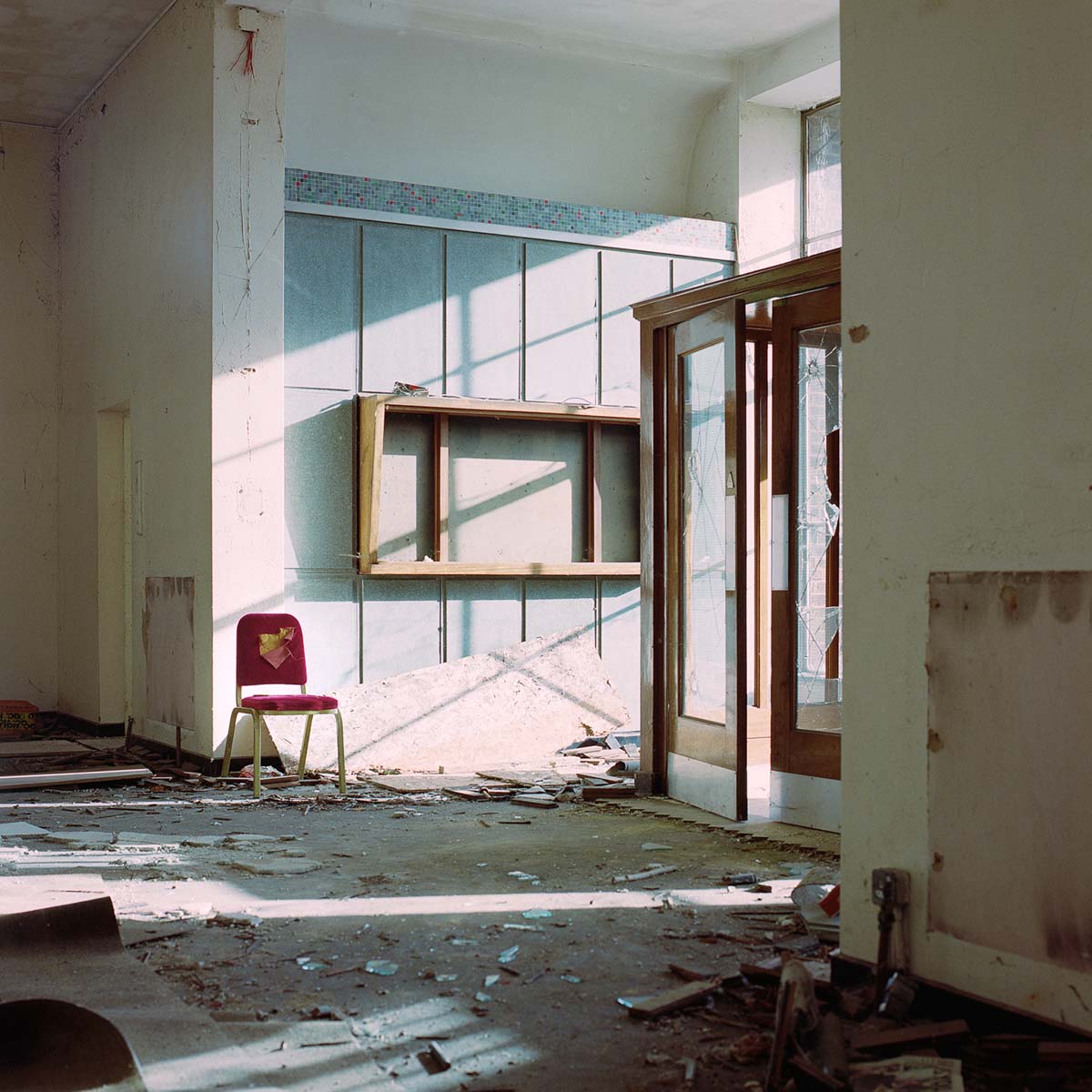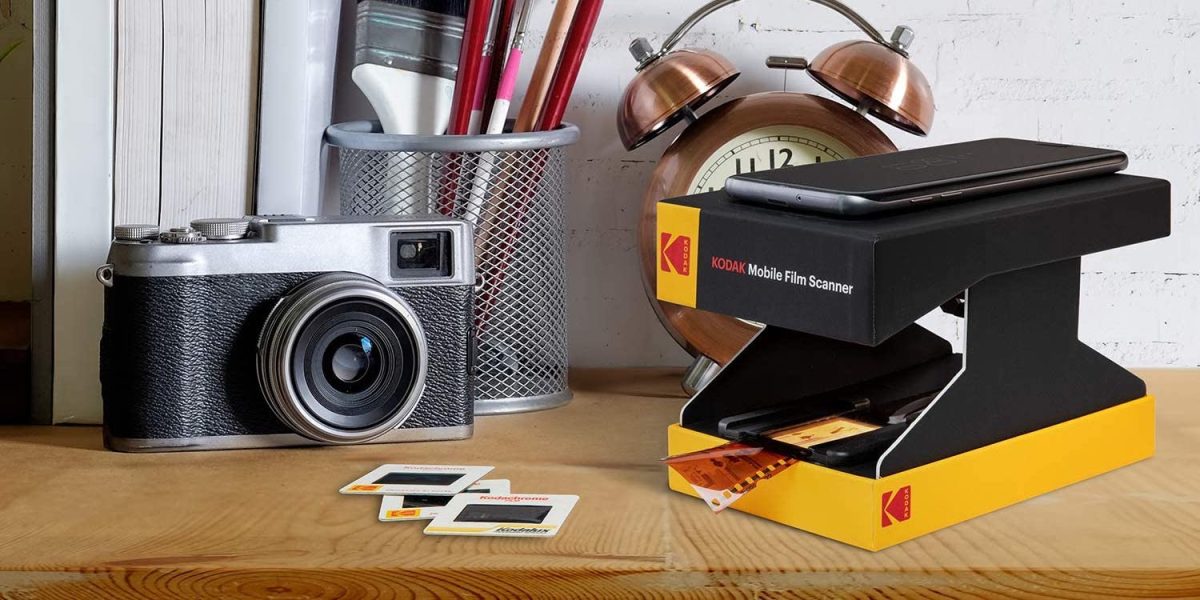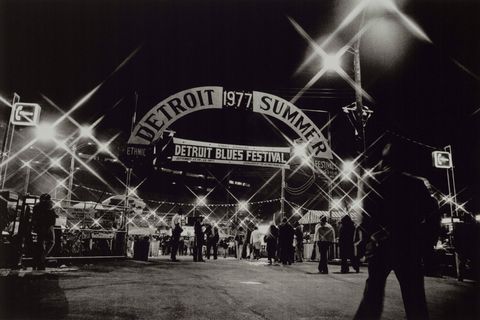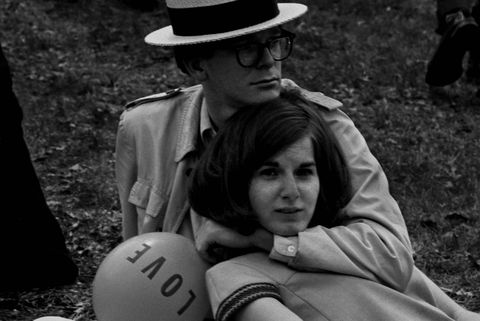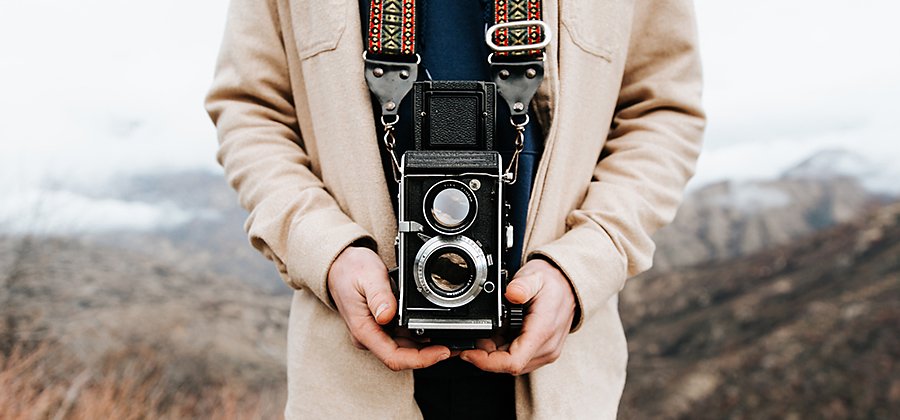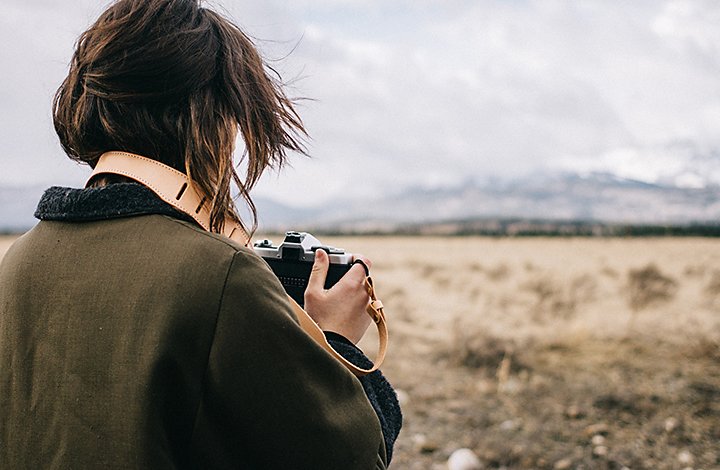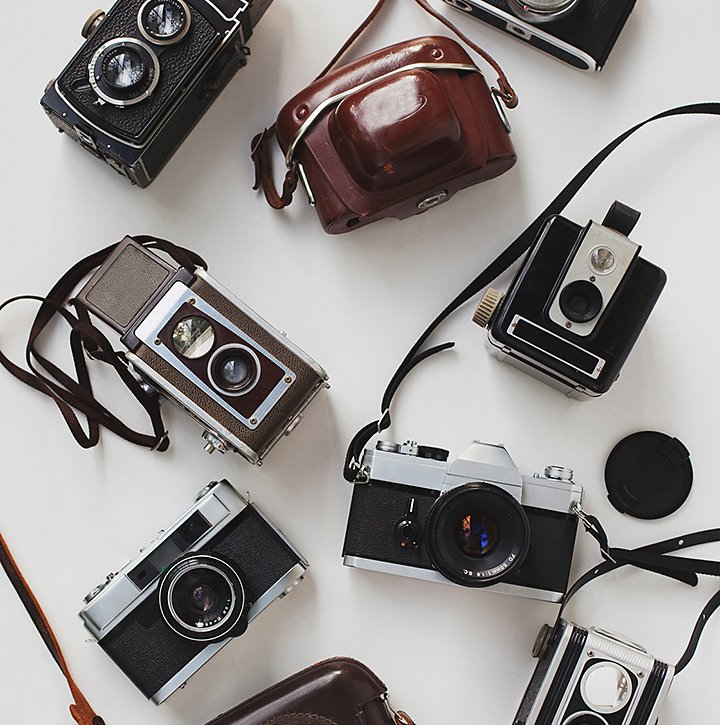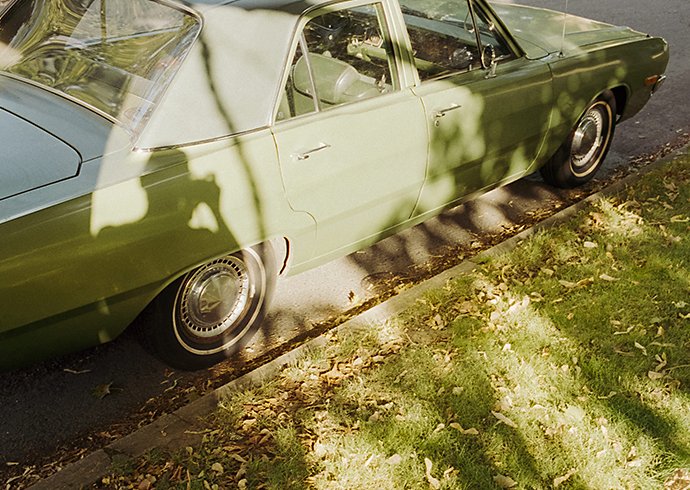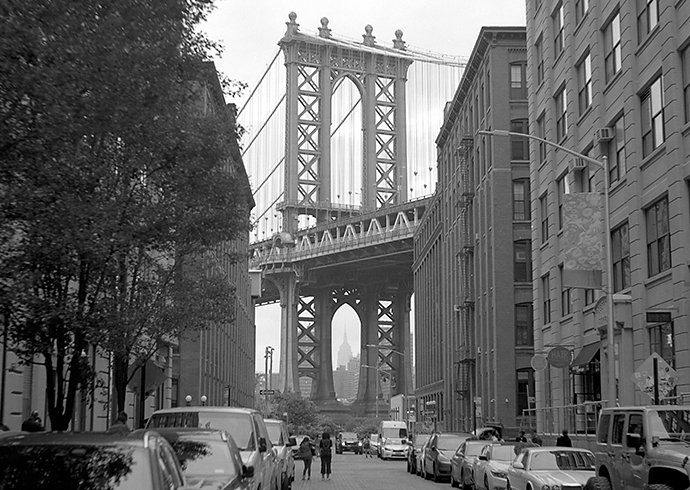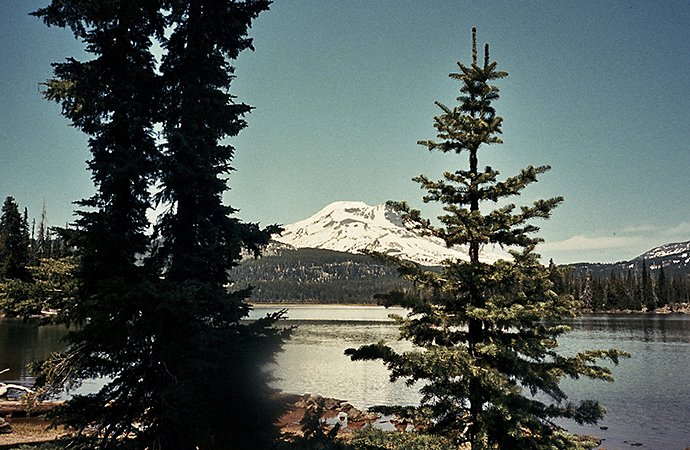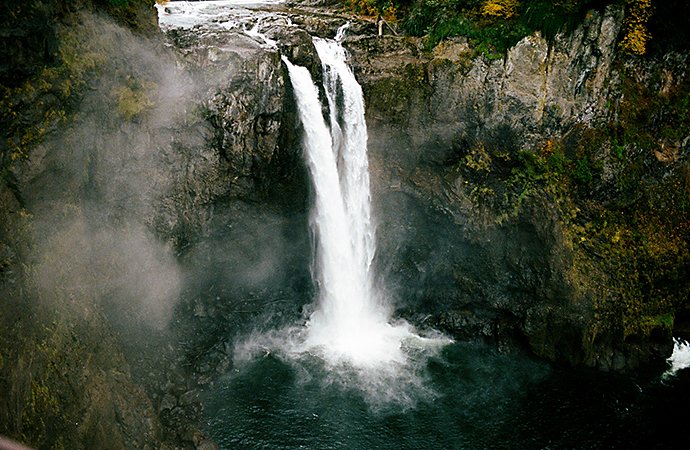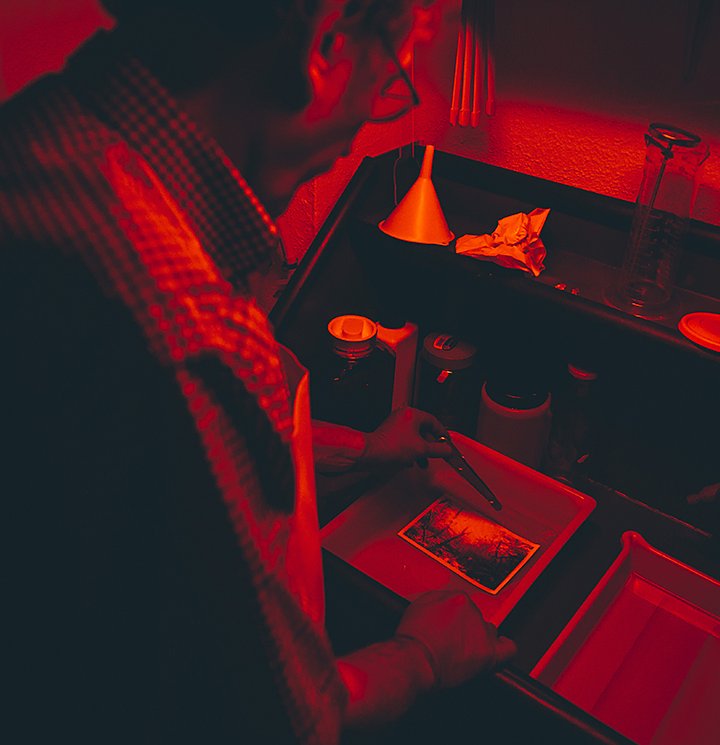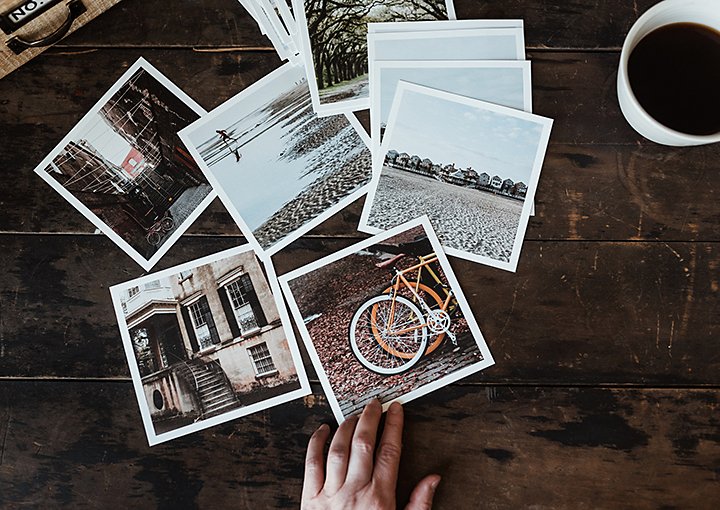4 Great Beginner DSLR Cameras for Any Aspiring Photographer
Shooting photos on a phone can only take you so far. If you’re looking to get started with a higher-quality camera, a DSLR may be the way to go
Tags: Photography for Beginners, DSLR, Phone Cameras, Photography
by Joshua Kanter

If you’re looking to take your photography to the next level, a DSLR camera is a huge step up from a smartphone.
Phone cameras are convenient, but difficult to control specific settings and options like you’d be able to on a real camera. With a DSLR, you’ll have the ability to do things like swap lenses, shoot in higher quality, and make more minor adjustments in order to get that perfect final photo or video.
DSLR stands for Digital Single Lens Reflex. When light enters a DSLR through the lens, it immediately bounces off the mirror inside, up through a prism and into the view finder. When you’re ready to take your shot and hit the shutter button, that mirror flips up, creating that satisfyingly familiar photo click. This allows light to directly hit the camera’s sensor (or film), blacking out the optical viewfinder until the exposure is complete.
What Are the Best DSLR Camera Brands?
There are a lot of choices out there, but the big DSLR brands are typically Nikon, Canon, Panasonic and Sony. All take great photos, but have varying controls, commands, and settings. It’s all about what you’re looking to shoot most (photography, video, and the endless sub-categories within them) and what makes you most comfortable while behind (or in front of) the lens. Here’s what else to keep in mind when shopping for the best DSLR camera.
Camera Modes: These are vitally important for versatility in your shots, and allow you to expand your options to shoot almost anywhere. Things like HDR, portrait, night mode, a built-in flash, and even editing features right on the LCD screen can be enormously helpful in creating the final quality photo. For videography, things like resolution and frame rate are important for crisp and smooth movies.
Sensor: Don’t overlook the sensor in your new DSLR, especially as a beginner. As a general rule, the larger the sensor, the more data it can take in, and the clearer your photo will be. There are a few different types of sensors varying in size and cropping different amounts of the image that you see through the viewfinder. Some, like a four-thirds sensor, tend to be better for videographers, while others like a full-frame sensor, are better for photographers, and offer stunning clarity and range.
Body Design: Searching through multiple models and brands of cameras can eventually all blend together, and seem to be pretty similar. But the ergonomics of a camera play a huge role, both in the act of actual shooting as well as connecting up to your workstation afterwards. Things like an LCD screen with touch capability, a well-placed port, and a display that flips outwards can be everything from a minor convenience, to help avoiding a huge headache.
Lenses: A standard lens is usually 18-35mm, but that’s just the beginning. A DSLR lets you switch out lenses, depending on everything from lighting to angle, to make sure you’re getting the best picture possible. Telephoto and prime lenses open up whole new ways to set up your shot, with higher quality than most phone cameras can offer.
Lighting: With lighting when using a DSLR, what you see is what you’ll most likely get – if a scene looks dark and muddy through the viewfinder, that’s probably how it’s going to look on the final photo. A powerful flash can help, and you can often even add a speedlight to really brighten things up.
Megapixels: Don’t just go for the highest megapixel count. Yes, they’re important, but this isn’t what makes or breaks an image’s quality – a good sensor and lens matter more. 24MP is pretty standard, but at minimum, most DSLRs will have around 15MP, and even 10MP or less should be enough for those just starting out.
Dual-Pixel Auto Focus: This helpful feature lets you achieve beautifully smooth auto-focus fast, whether in photo or video mode.
Flip Screen: It might seem obvious, but a flip screen can open up a wider world of shots to any photographer. A flexible display allows you to contort it to most any angle, without having to crane your neck into awkward positions to get the perfect view – even when filming yourself.
Mirrorless Cameras: As you’re searching, you’ll most likely see mirrored vs. mirrorless in different cameras. In a mirrorless camera, you won’t have to worry about an inner mirror, as the light passes right through the lens and hits the sensor directly, where you’ll see it either on the EVF (electronic viewfinder) or the digital screen.
Mirrorless cameras are generally smaller than DSLRs, but have come a long way, and caught up with DSLRs in terms of sensor size and accuracy of photo effects. With battery life, however, a smaller camera means less room for batteries, and these can run out of juice up to 50% faster than traditional DSLRs. A few brands nowadays have started to manufacture their cameras to be compatible with smartphone chargers, making it infinitely easier to power it back up without searching for a separate adapter in your pack. Bottom line: there’s nothing wrong with mirrorless, but a true DSLR with its interchangeable lenses and optical viewfinder can feel more natural to shoot on.
Finally, treat a DSLR like an investment – because it is. While some models are cheaper than others, a quality camera requires dropping some cash, so make sure it’s got capabilities that can keep up with your career. A camera that’s scaled down and simple might be good at first, but as you learn more and master the skillset, you’ll most likely outgrow it. The right camera can last you years, even a lifetime.
1. Nikon D3400
Talk to any lifelong photographers, and chances are that you’ll find at least a few who still use the Nikon they got years ago. The brand has been around since 1917, and trusted for decades by those who use it.
This D3400 carries on that tradition of reliability, with a modern flair. It’s light with a long-lasting battery, and a sharp 24.3-megapixel sensor that lets you shoot in RAW format, if you plan to be editing your images in a software program later.
The main lenses are an 18-55mm and a 70-300mm, and the unit features Nikon’s Vibration Reduction for better stabilization, with 11 different focal points. It also shoots HD video up to 60p.
Photos and videos are stored on an SD memory card. There’s no WiFi connectivity, but it does sync to Bluetooth, where you can use Nikon’s SnapBridge app to transfer files and upload or edit them.
This is a camera that will grow with you from your first photo on up, and it’s ready whenever you decide to add things like a speedlight and higher quality lenses. The LCD screen offers a helpful “Guide Mode” for beginners to learn what settings are going to work best for what they’re shooting. There are also 10 different effects modes, and PASM exposure modes for when you’ve got the hang of it and want full control over the auto-focus.

Amazon
2. Canon EOS 4000D
The Canon Rebel 4000D is lightweight and loaded up. At just under a pound, the lenses are interchangeable, there’s an 18-megapixel sensor for shooting in low light, a 3x optical zoom, as well as full HD video recording at about 30fps.
While it’s compatible with the Canon app, allowing you to shoot remotely, it lacks some of the features of the higher end models, like a flip screen or touchscreen capability. But it’s a solid option for the newbie photographers who want to experiment with different photos and videos.
This comes in a kit with a ton of extra gear for shooting, filming and cleaning, but is available with just the DSLR unit too. There’s also the Canon T7, the next generation up from the popular T6, which features attributes like 24 megapixels, a bigger screen, more specific settings, and the ability to shoot video with upgraded auto-focus.

Amazon
3. Sony Alpha a6000 Mirrorless Digital Camera
As a mirrorless DSLR camera, this features a super-fast auto-focus to capture subjects in motion, and crisp 24.3-megapixel detail, along with fast shooting – up to 11 photos in one second. Changing lenses is easy and switching up settings is convenient and quick with two well-placed dials and a directional control in back, along with seven customizable buttons that can be programmed to handle up to 474 different tasks.
But don’t let that intimidate you. The settings, options, combinations and possibilities with this camera are literally endless, and is the best way to learn the ropes.
It’s WiFi-ready, controllable from afar with the PlayMemories app, and connects up with local devices for fast file transferring.

Amazon
4. Panasonic LUMIX FZ80 4K Digital Camera
While this may not be a true DSLR camera, it certainly behaves like one, and is a perfect transition for those looking to make the jump into shooting with a real camera without diving right into the deep end.
The zoom is an outstanding feature for its class, at 60X. It’s also fast, snapping the photo you want with little to no lag on the shutter release.
This can handle 4K video in 8MP at 30fps, and even with a limited internal memory of 200mb, movies still end up looking way better than we expected.
Its selection wheel is a little limiting, and the controls may take some getting used to. Plus the aperture only goes to F8, which can be a constraint to some photographers. All this can leave you fumbling through the options and settings when time is limited to take the perfect pic. But once you get the hang of it, the resulting images can be sharp and pop with color, and you can even shoot in RAW format just like with a regular DSLR.

Amazon
Share this article.
----------------------------------------------------------------------------------------------------------------------------
PHOTOGRAPHY FREEBIE:
How to make money with your Photography even if you're not a Pro.
Copy & paste this link into your browser, click ENTER, and enjoy:
https://mrdarrylt.blogspot.com/2020/01/how-to-make-500-month-from-your.html
or
https://www.photography-jobs.net/?hop=darryl54
-----------------------------------------------------------------------------------------------------------------------------
Visit me on Facebook and post your pictures.
https://www.facebook.com/Darryl-T-363867387724297/
